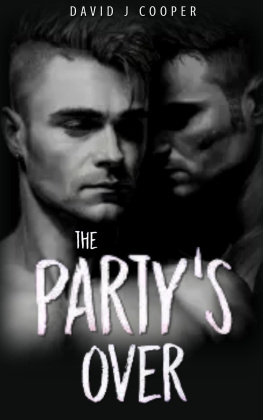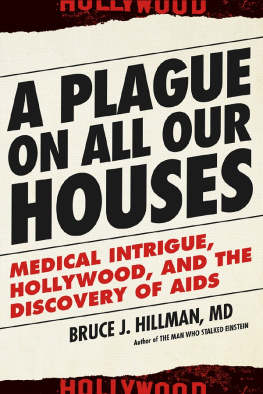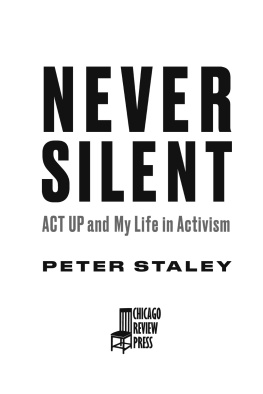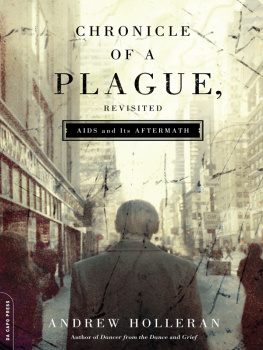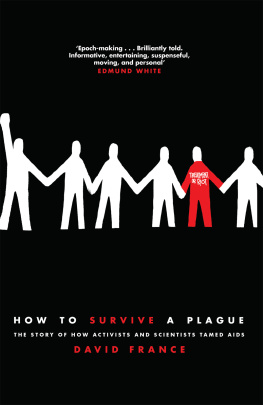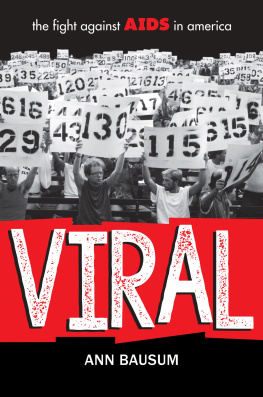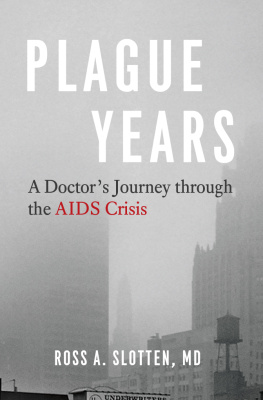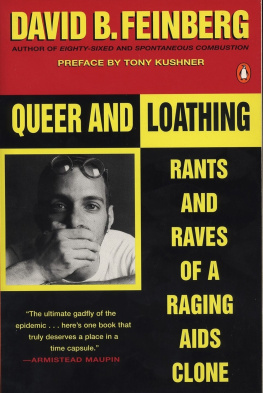David France - How to Survive a Plague: The Inside Story of How Citizens and Science Tamed AIDS
Here you can read online David France - How to Survive a Plague: The Inside Story of How Citizens and Science Tamed AIDS full text of the book (entire story) in english for free. Download pdf and epub, get meaning, cover and reviews about this ebook. year: 0, genre: Science / Politics. Description of the work, (preface) as well as reviews are available. Best literature library LitArk.com created for fans of good reading and offers a wide selection of genres:
Romance novel
Science fiction
Adventure
Detective
Science
History
Home and family
Prose
Art
Politics
Computer
Non-fiction
Religion
Business
Children
Humor
Choose a favorite category and find really read worthwhile books. Enjoy immersion in the world of imagination, feel the emotions of the characters or learn something new for yourself, make an fascinating discovery.

- Book:How to Survive a Plague: The Inside Story of How Citizens and Science Tamed AIDS
- Author:
- Genre:
- Year:0
- Rating:3 / 5
- Favourites:Add to favourites
- Your mark:
- 60
- 1
- 2
- 3
- 4
- 5
How to Survive a Plague: The Inside Story of How Citizens and Science Tamed AIDS: summary, description and annotation
We offer to read an annotation, description, summary or preface (depends on what the author of the book "How to Survive a Plague: The Inside Story of How Citizens and Science Tamed AIDS" wrote himself). If you haven't found the necessary information about the book — write in the comments, we will try to find it.
David France: author's other books
Who wrote How to Survive a Plague: The Inside Story of How Citizens and Science Tamed AIDS? Find out the surname, the name of the author of the book and a list of all author's works by series.
How to Survive a Plague: The Inside Story of How Citizens and Science Tamed AIDS — read online for free the complete book (whole text) full work
Below is the text of the book, divided by pages. System saving the place of the last page read, allows you to conveniently read the book "How to Survive a Plague: The Inside Story of How Citizens and Science Tamed AIDS" online for free, without having to search again every time where you left off. Put a bookmark, and you can go to the page where you finished reading at any time.
Font size:
Interval:
Bookmark:
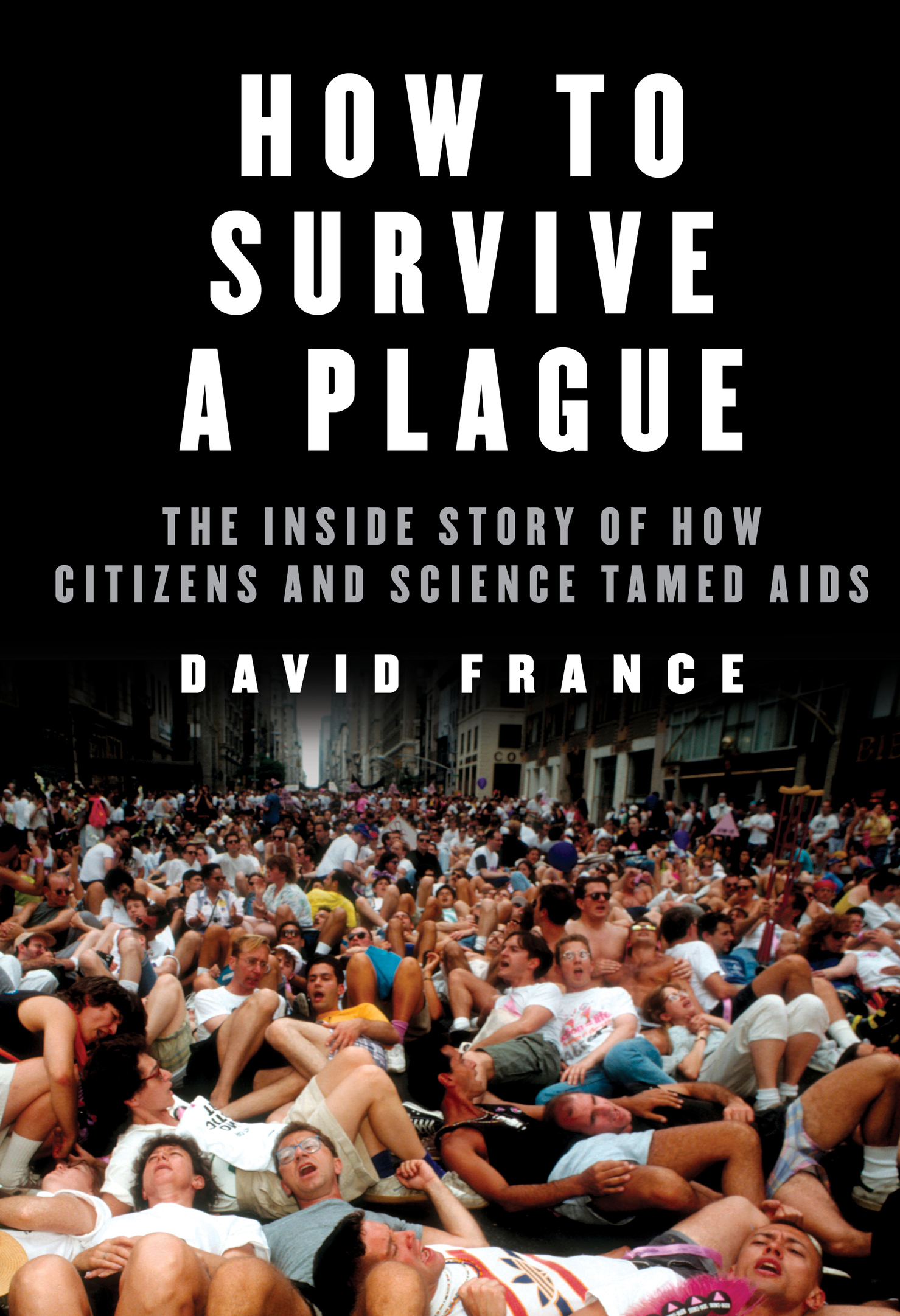
ALSO BY DAVID FRANCE
Our Fathers: The Secret Life of the Catholic Church in an Age of Scandal
Bag of Toys
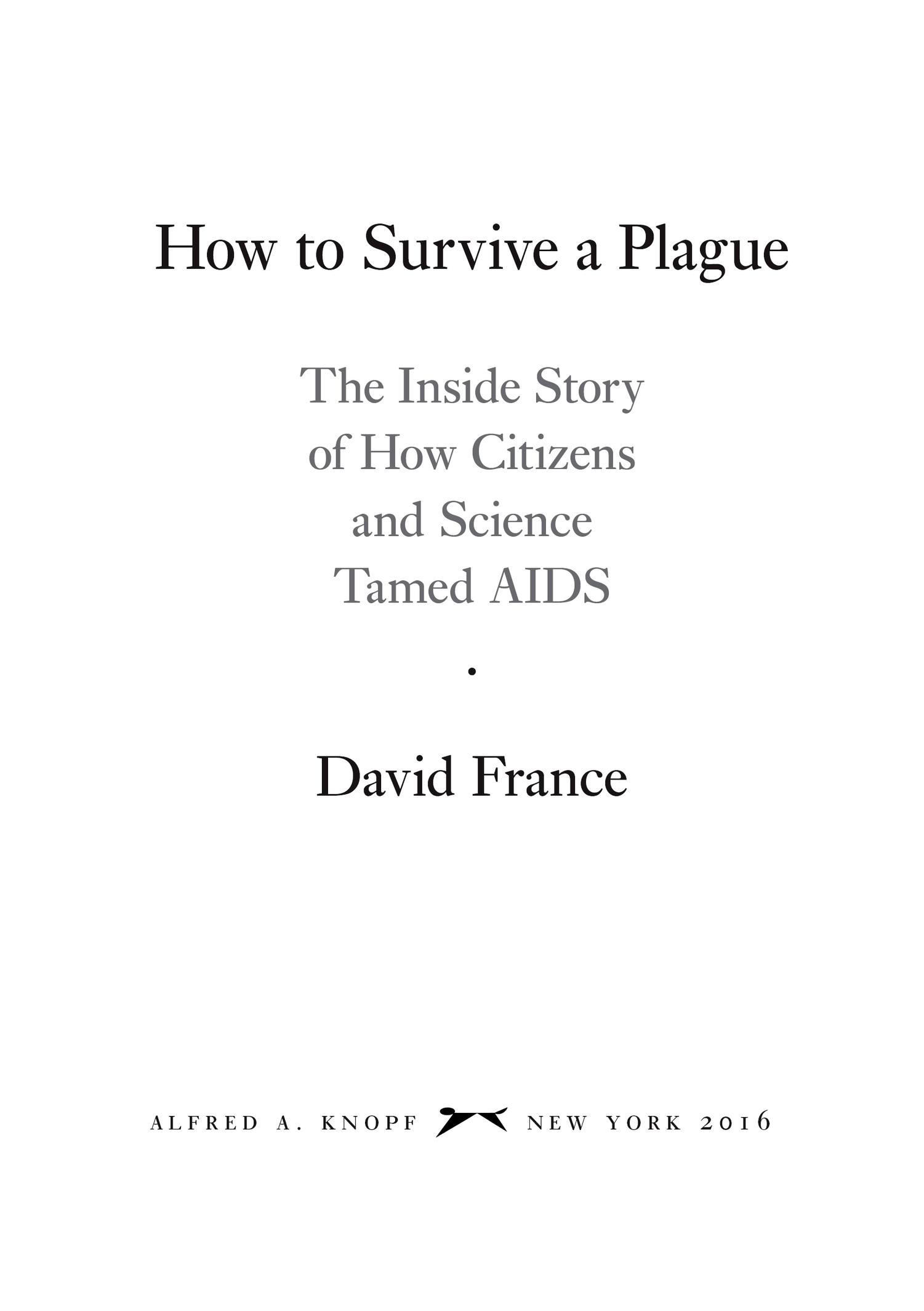

This Is a Borzoi Book Published by Alfred A. Knopf
Copyright 2016 by David France
All rights reserved. Published in the United States by Alfred A. Knopf, a division of Penguin Random House LLC, New York. Simultaneously published in Canada by McClelland & Stewart, a division of Penguin Random House Canada Limited, Toronto.
www.aaknopf.com
Knopf, Borzoi Books, and the colophon are registered trademarks of Penguin Random House LLC.
Library of Congress Cataloging-in-Publication Data
Names: France, David, author.
Title: How to survive a plague : the inside story of how citizens and science tamed AIDS / by David France.
Description: First edition. | New York : Alfred A. Knopf, 2016. | Includes bibliographical references and index.
Identifiers: LCCN 2016010685 | ISBN 9780307700636 (hardback)
Subjects: LCSH HIV-positive personsNew York (State)New York. | AIDS activistsNew York (State)New York. | AIDS (Disease)ResearchNew York (State)New York. | AIDS (Disease)TreatmentNew York (State)New York. | BISAC: HEALTH & FITNESS / Diseases / AIDS & HIV. | HISTORY / Social History. | HISTORY / United States / 20th Century.
Classification: LCC RA 643.84. N 7 F 73 2016 | DDC 362.19697/920097471dc23
LC record available at https://lccn.loc.gov/2016010685
Ebook ISBN9780451493309
Cover photo: ACT UP protesters holding a die-in on Fifth Avenue, New York, June 1990 Frances Roberts / Alamy Stock Photo
Cover design by Chip Kidd
v4.1
a
FOR JONATHAN STARCH ,
WHO TOOK A SURVIVOR AND
WALKED HIM BACK TO LIFE
Grief is a sword, or it is nothing.
PAUL MONETTE
T he experience of death, which had bound them together a quarter century ago, unexpectedly reunited them on an unseasonably warm January afternoon in 2013. They made their way down East Thirty-second Street in Manhattan just after two oclock, wending sedately toward the stark black doorway of the Cutting Room, a performance space hosting the memorial service for Spencer Cox, one of the countrys most recognizable AIDS activists. Long before the glass doors swung open, a line stretched down the block. Taxicabs deposited luminaries from the worlds of science and medicine, of theater, advertising, and media, of activism, art, and academia, people from all over the United States, from Europe and Africa. Many of them were hollow cheeked and balanced on canes or on one another, slowed by age or disease or a reluctance to reenter the community of the grieving. Even the nimble among them wore haunted expressions. If you knew what to look for, you saw in their faces the burden of a shared past, the years and years of similar services. This was what survivors of the plague looked like.
The crowd swelled to five hundred. Some among them were adorned in mementos: faded protest buttons or T-shirts with militant slogans. This was the generation that fought AIDS from the dawn of the global pandemic. Most had been members or supporters of the AIDS Coalition to Unleash Power, or ACT UPthe radical protest organization that started in New York City but went on to count 148 chapters in 19 countries, with perhaps 10,000 members at its peak. The movement collapsed in the mid-1990s, when the advent of effective medicine finally staunched much of the dying. In the decades since then, it had seemed that the menace had receded, at least in America. But death convoked them once again.
Few people personified the epidemics long history in America more than Cox. A college dropout, he was just twenty years old when he got his grim diagnosis. Given only a few months to live, he threw himself into ACT UP, becoming a central player in the movements Treatment + Data Committee, where patients and their advocates puzzled through the science of virology, chemistry, and immunology. Their insights won them audiences with researchers in the deepest corridors of scienceaudiences, then respect, then working partnerships; it was the first time patients had joined in the search for their own salvation. Cox, a consummate networker, illustrated the developing science by submitting his own health complications to the scrutiny of reporters. In his drive to give the disease a face, he kept no aspect of his life with HIV offstagenot his rapid viral mutations, his enlarging lymph nodes, the humiliating and painful diarrhea that regularly sidelined him, or the cruel complication that turned his left eye cloudy and useless.
That was how I first met him. In the winter of 1988, he brought me his latest laboratory results to help describe how certain experimental drugs were thought to work, and how, in fact, they routinely failed. We met in a dark coffee shop late in the morning. Short and smooth faced with dark eyes and floppy black hair, he arrived Brando style in industrial work boots, jeans tight as a sunburn, and a black leather bomber jacket over a white T-shirtthe uniform of ACT UP. His youth disarmed me. He looked like a teenager, not yet able to grow a beard. But he displayed a researchers grasp of his own cellular tapestry and a facility for rendering complex immunological principles into everyday language. He was anything but self-pitying. Reaching into a canvas army surplus bag, he spun a sheath of his lab results across the table, accompanied by a line from Bette Davis that was lost on me. Until recently, Cox had learned much of what he knew from the movies, especially those of the 1940s and 50s, or the theater, which had been the subject of his aborted education.
Over the ensuing years, he became a principal source for much of my AIDS reporting, and among the most effective treatment advocates in the field. But his seminal achievement came in the area of biostatistics. It was Cox who conceived the drug trial innovations that in record time helped to bring to market the therapies that stopped HIV from being an automatic death sentence. He claimed no credit for this, and until shortly before his death only a few insiders were aware that a self-taught person with AIDSby training an actorhad made this history-changing contribution.
Since that stunning breakthrough in 1996, the new treatments had reached millions of people worldwide, returning to them the promise of a near-normal life-span. Some had been just breaths away from their own deaths. But after a few weeks on treatment they rose from their hospital beds and, against all reasonable expectation, went home to resume an ordinary life. So dramatic was their resurrection that stupefied doctors began calling it the Lazarus effect.
And yet the pharmaceutical marvels Cox fought so hard to bring into existence failed him in the end. His infection proved to be resistant to many drug combinations. The countrys best doctors tinkered with salvage regimens specifically for him, accomplishing numerous barely-in-time rescues. For over half his life Cox careened from one medical trauma to another, maintaining his darkly comic facade, though in recent years he had grown weary. The last time I saw him he spoke of feeling run-down. When he checked into the hospital a few weeks later, his viral load was overbearing and his T-cell count, which had been in the healthy range, had sunk to just thirty, putting him at risk for a host of fatal infections. Doctors diagnosed hypoglycemia and severe pneumonia. By the following Tuesday, forty-four years old but wracked and worn as a guerrilla commandant, he died from multiple complications of AIDS.
Font size:
Interval:
Bookmark:
Similar books «How to Survive a Plague: The Inside Story of How Citizens and Science Tamed AIDS»
Look at similar books to How to Survive a Plague: The Inside Story of How Citizens and Science Tamed AIDS. We have selected literature similar in name and meaning in the hope of providing readers with more options to find new, interesting, not yet read works.
Discussion, reviews of the book How to Survive a Plague: The Inside Story of How Citizens and Science Tamed AIDS and just readers' own opinions. Leave your comments, write what you think about the work, its meaning or the main characters. Specify what exactly you liked and what you didn't like, and why you think so.


